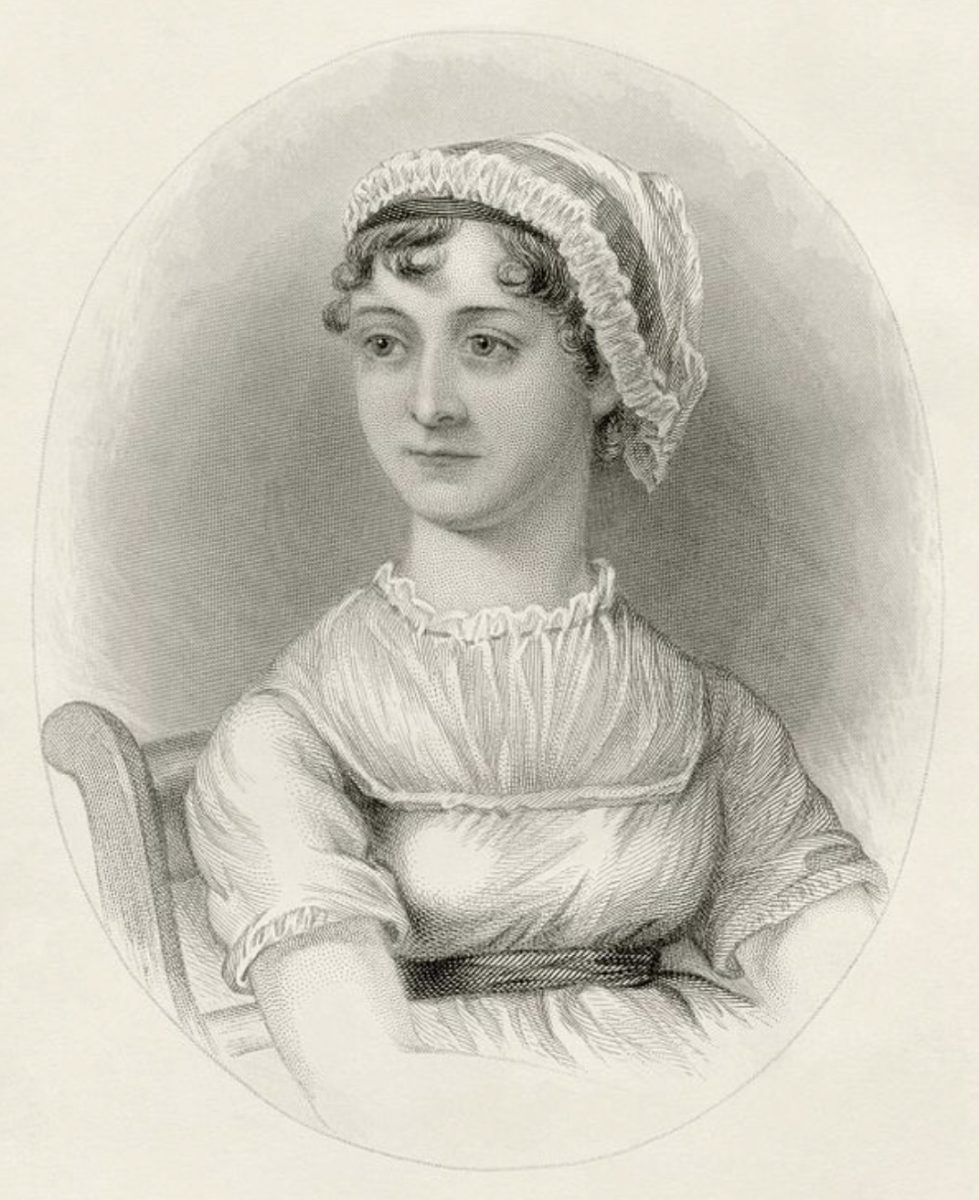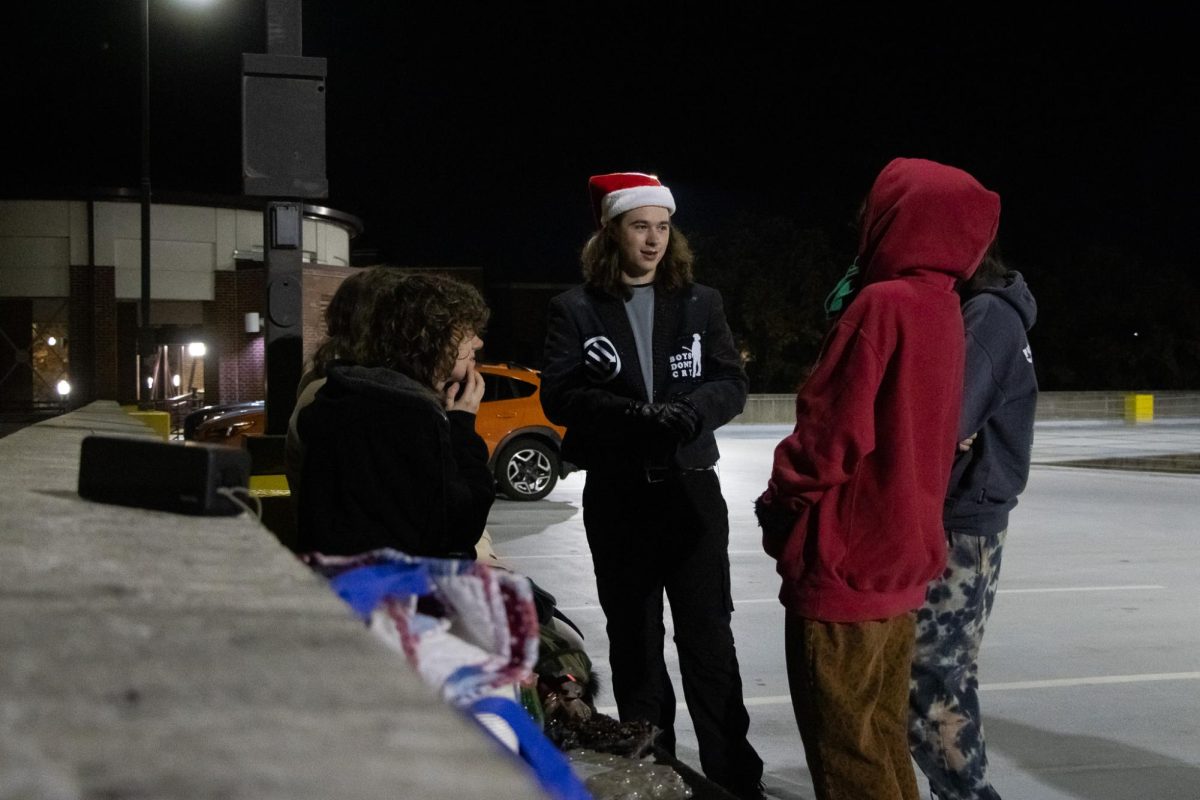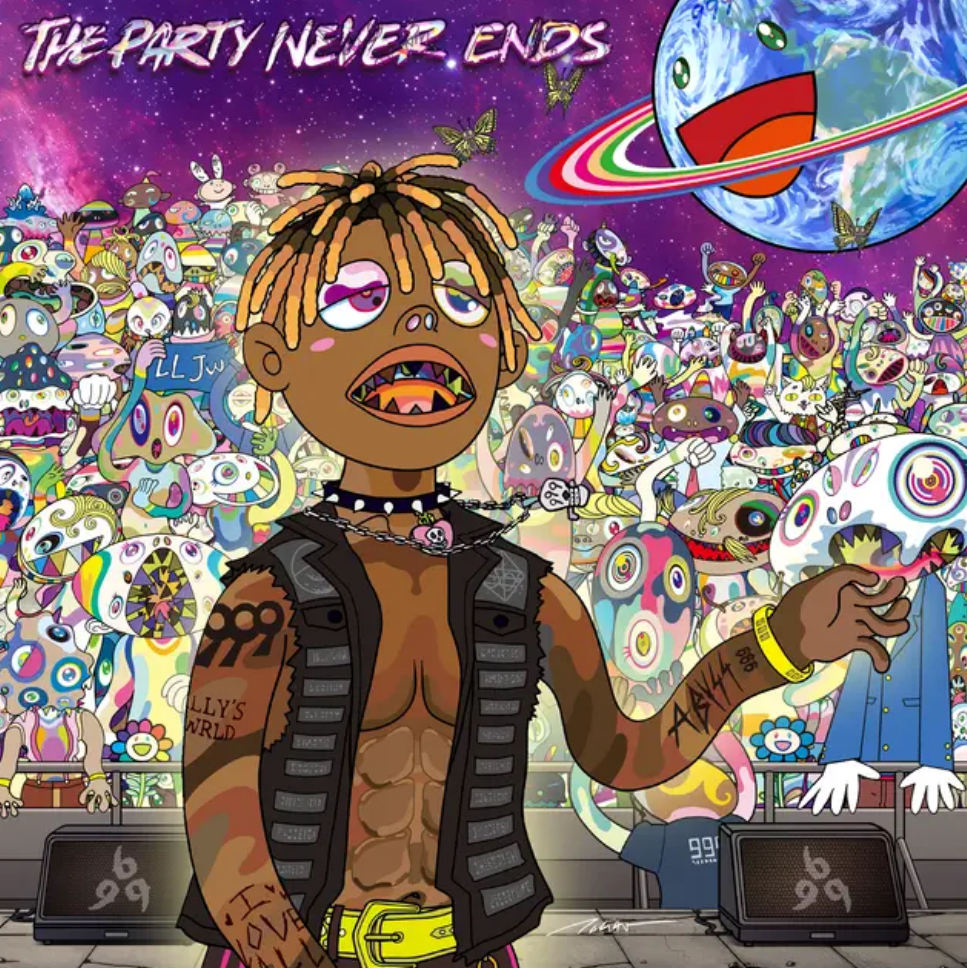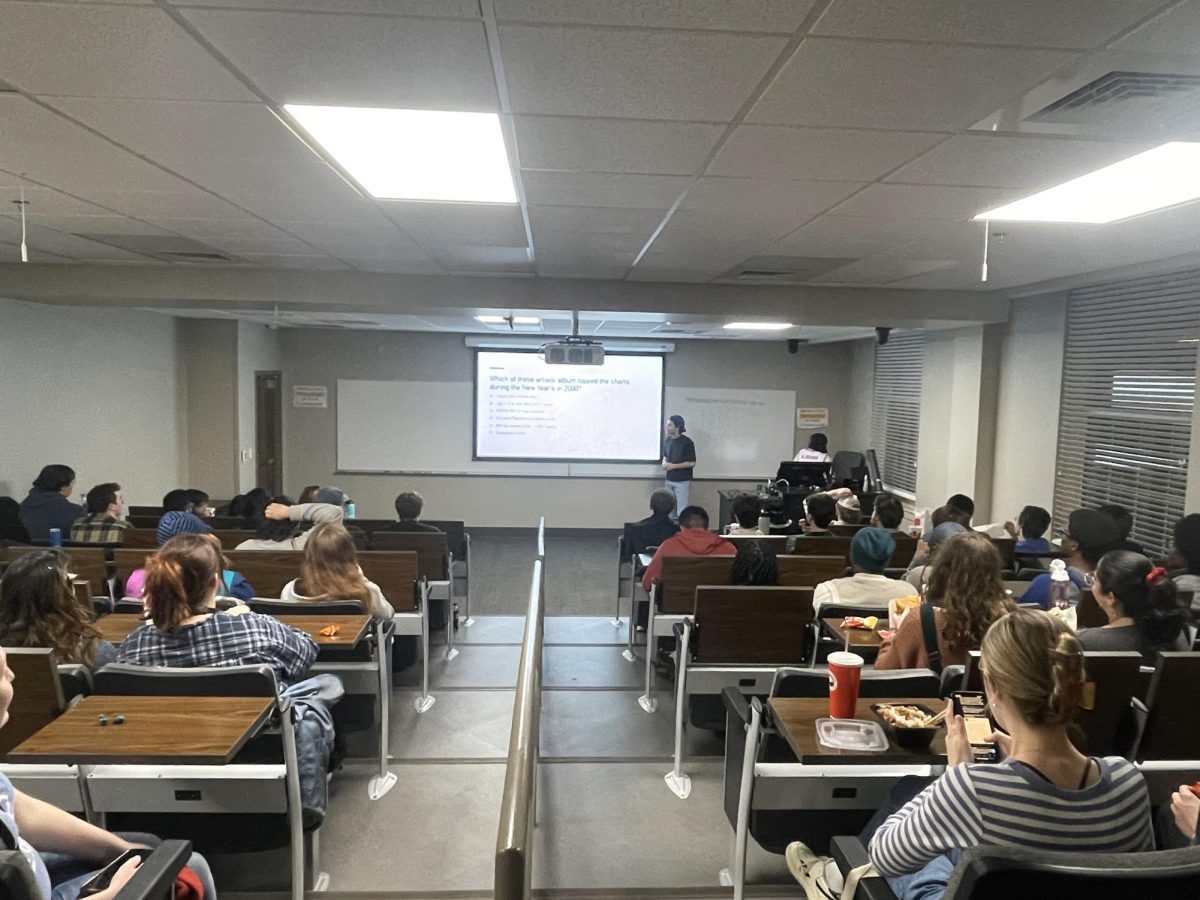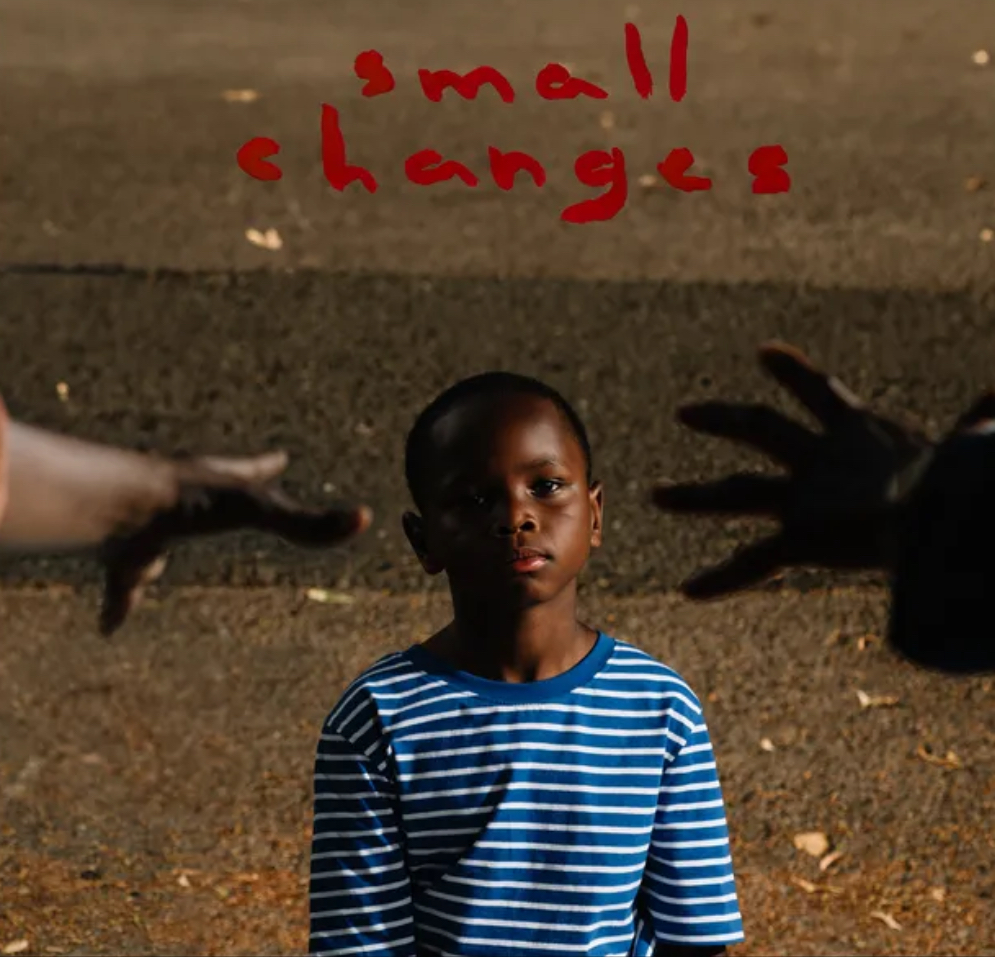To say talking about Africa is hard is a severe understatement. Be it African politics, social strife or economics, any single region of Africa is full of issues and conflicts, many of them remnants of still-lingering Western colonialism.
In “Unknown Soldier,” an ongoing series from DC Comics’ Vertigo imprint, writer Joshua Dysart does his best to tackle these issues in a specific time and place — the Acholiland region of Uganda circa 2002, where Joesph Kony’s Lord’s Resistance Army battles the Ugandan People’s Defense Force and president Yoweri Museveni.
At the center of the series is Dr. Moses “Patrick” Lwanga, a Ugandan-born, Harvard-educated doctor and philanthropist. Lwanga is a committed pacifist, but a voice lurks in his mind urging him to violence. While working in a remote refugee camp, he cracks under the stress, chasing down and killing an LRA child soldier. Horrified by his actions, Lwanga disfigures his face with a rock in an attempt to claw the voice out of his mind.
Now disfigured, a bandage-swathed Lwanga roams the region waging a campaign against the LRA — sights set on killing Joesph Kony himself.
Though “Unknown Soldier”’s plot is loosely based on the real Ugandan conflict, it’s mostly a stark character study. Through Lwanga, Dysart has a platform to look at the many issues facing the region and the country.
Lwanga’s voice is an unsettled one, Western-educated but African at its core. In Lwanga, Dysart embodies the desire for peace and the impulse to violence — and their uneven reciprocal relationship.
Yet Dysart also recognizes the West’s role as power broker and failed mediator. Margaret Wells, an analogue for well-meaning Western celebrities who embrace Africa, “looks at us and sees only genocide, child soldiers, AIDS and famine. Her altruism borders on fetishism,” according to Lwanga.
Yet Lwanga himself has an uneasy relationship with (possibly) ex-CIA operative Jack Howl, who knows more about Lwanga than he lets on. Howl aims to use the doctor for his own purposes — using Lwanga just as his American employers have used numerous African regimes for their own ends.
Before working on “Unknown Soldier,” Dysart visited Uganda and spoke with local residents, including a former child soldier who was forced to bite a woman to death, according to an interview in the New York Times. “Unknown Solider” is hard to read, not merely because it is violent, but because its violence has happened and will continue to happen. There are no superheroes available to save the day in “Unknown Soldier,” only a sometimes-corrupt UPDF and a bevy of foreign NGOs ever-ready to swoop in with more aid.
Albert Ponticelli’s art runs a fine line between stylized and photorealistic, distancing the reader just enough from the on-page violence to give them enough perspective to take everything in. Ponticelli’s art fits the book’s jagged, rough tone, filled with subtle angular lines. However, colorist Oscar Celestini’s third-arc switch to a soft, painterly style on occasion clashes noticeably with Ponticelli’s thinly inked linework.
Even while Dysart aims for realism, I found myself wondering if the same criticism Lwanga lobs at Margaret Wells — a fetishistic fixation on “genocide, child soldiers, AIDS and famine” — could be as easily lobbed at Dysart. Dysart recognizes this possibility, telling the New York Times, “We try our best not to be exploitative, but in my heart I don’t know if this is the right way to do it.”
Dysart’s commitment to unflinching realism is a strong point in his favor, but at some point “Unknown Soldier”’s Ugandan context becomes invisible to the reader. Western readers are so frequently inundated with images of Africa as war-torn, violent and almost savage that Dysart’s realism at times ends up reinforcing such generalized stereotypes.
Every single character’s life, as depicted in “Unknown Soldier,” ends up revolving around violence, whether in thought, word, or deed. A sub-plot involving a former child soldier fixates on his own emasculating failure to engage in violence. His storyline ends well, but it’s one of few to do so.
And while such a life may be true, it’s also hard to parse when the realism ends and the metaphors and analogies begin. Ultimately, Dysart’s good intentions, embedded throughout “Unknown Soldier,” are inadvertently defeated by an inescapably pervasive Western view of Africa as a perpetual warzone. “Unknown Soldier” is definitely a series worth reading, but keep in mind — objects in the mirror are both closer and further than they appear.



